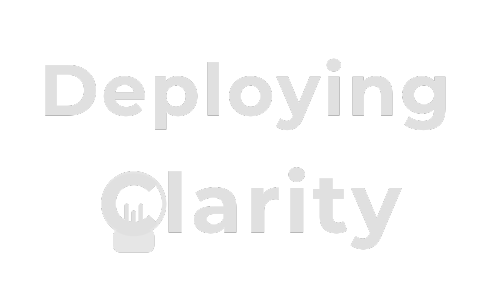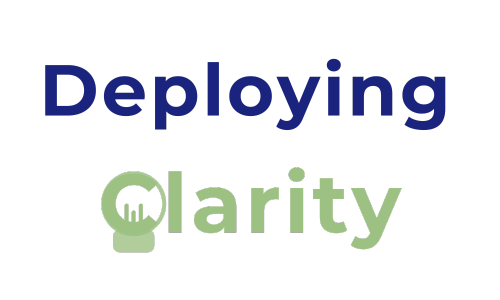How Running Made Me a Better Leader
Lessons From the Road
Running transformed for me the moment I decided to work with a running coach. I anticipated improvement, and indeed I got better, but I also discovered a newfound joy in running.
Many lessons proved to be counterintuitive, yet the results spoke for themselves. To paraphrase Coach Bennet from Nike Running, I came to understand that “it was about running, but it was also not about running.”
Sometimes, you need to slow down to speed up.
Most beginners tend to start running too quickly and for too long. Simultaneously, many of us become obsessed with data, chasing paces, times, and distances. We continually push ourselves, convinced that such effort will yield results. However, I learned that incorporating more easy runs is crucial; there are times when I must deliberately slow down, conserving energy for future runs.
I believe we often do this in our personal and professional lives as well. We consistently strive for more—faster, better. We tend to add responsibilities rather than removing any. We seldom allow ourselves or our teams to take a breather to strengthen and regroup, fearing that doing so might appear weak or lazy. Yet, just like in running, intentionally slowing down to breathe, heighten our awareness, and refocus can make us stronger, quicker, and more resilient.
Embrace discomfort—occasionally.
Alway running the same runs isn’t beneficial. Once your body adapts, the impact of your efforts diminishes. In running, this means integrating a speed workout or two into your weekly routine to keep things exciting. Challenging yourself in new ways builds adaptability and helps you learn to cope with discomfort.
In my experience, many teams fluctuate between the comfort zone (repeating the same tasks for years) and the extreme of being overworked and overwhelmed (overexerting themselves). As leaders, I believe it’s our duty to foster a healthy balance between comfort and challenge within our teams. Drawing insight from long-distance Olympic runners, it's clear that most workouts, or tasks for that matter, should still lean toward the easy side. Trust that what felt challenging last week will transition into this week’s easy.
Ultimately, I am my own best coach.
Learning to coach myself in running has been one of my toughest lessons. It involves mastering self-leadership—celebrating victories, asking the right questions, and ensuring I respond with honesty. It’s about recognizing when I need motivation, refining my technique, or simply learning to enjoy the process. Being kind and supportive to myself is essential; it fosters a desire to be my own coach. After all, in leadership, we must first lead ourselves, and the better we lead our own lives, the better we can guide others.


All Rights Reserved | Deploying Clarity is operated by 8sa GmbH, a company registered in Switzerland.

